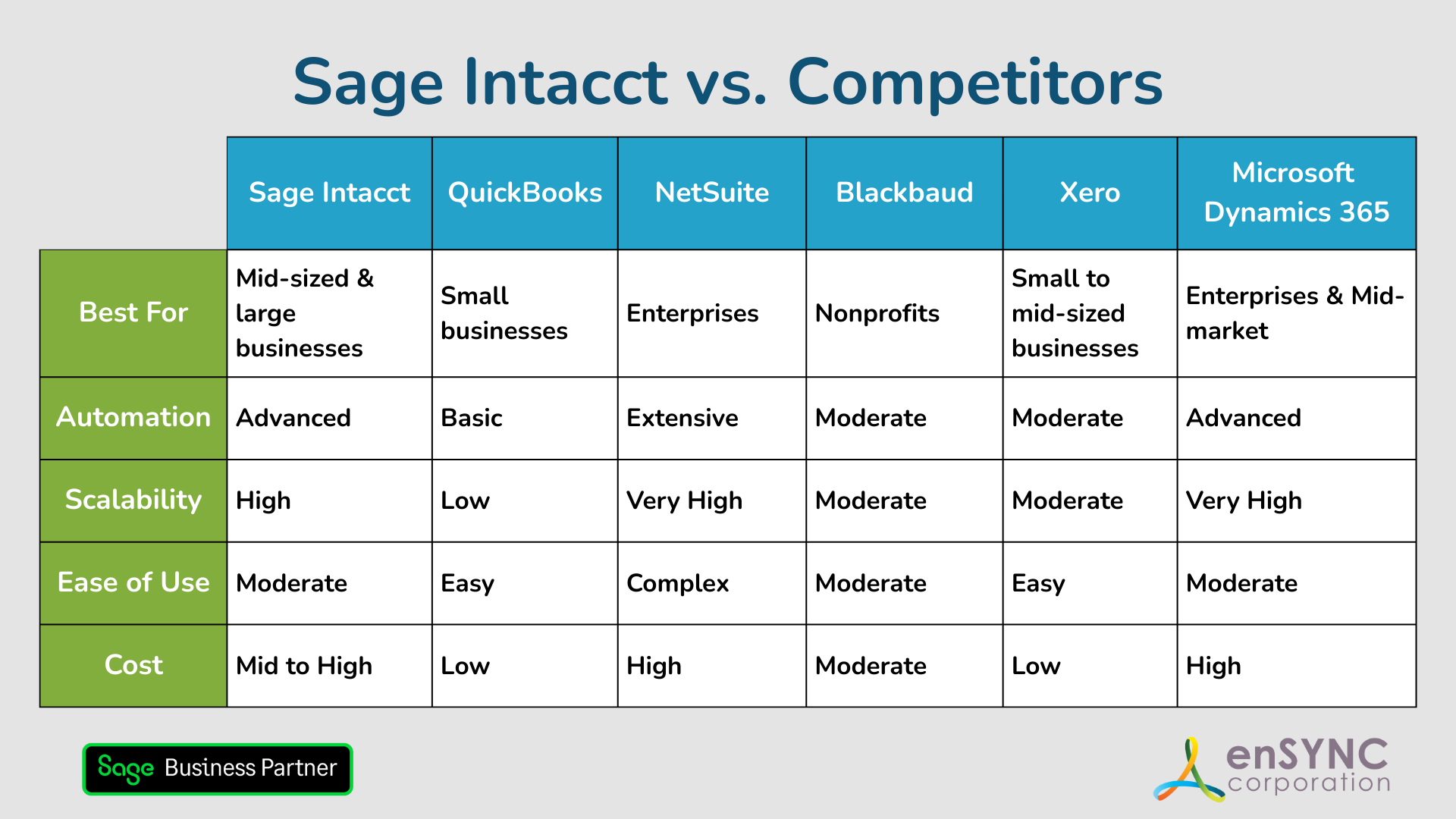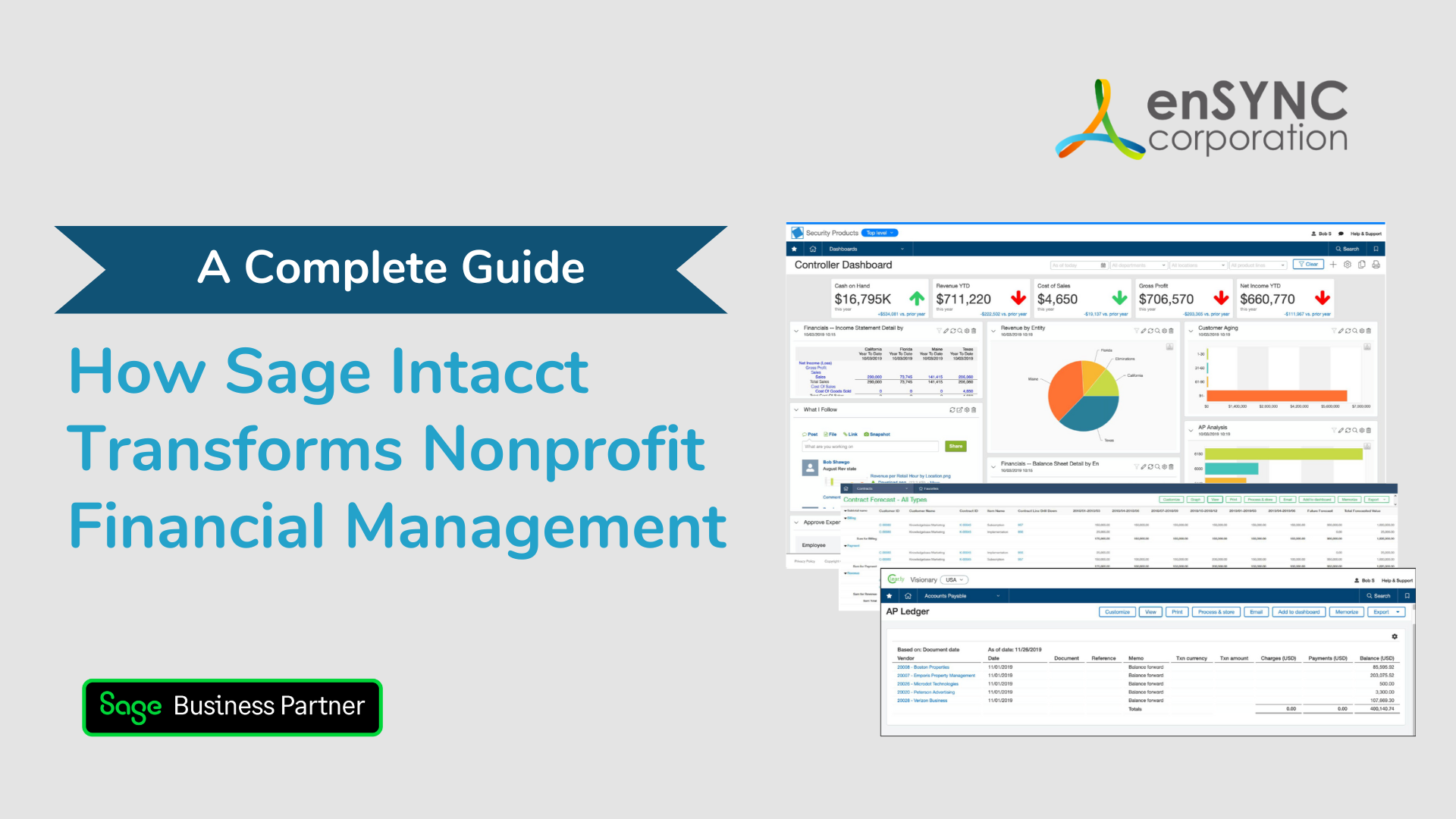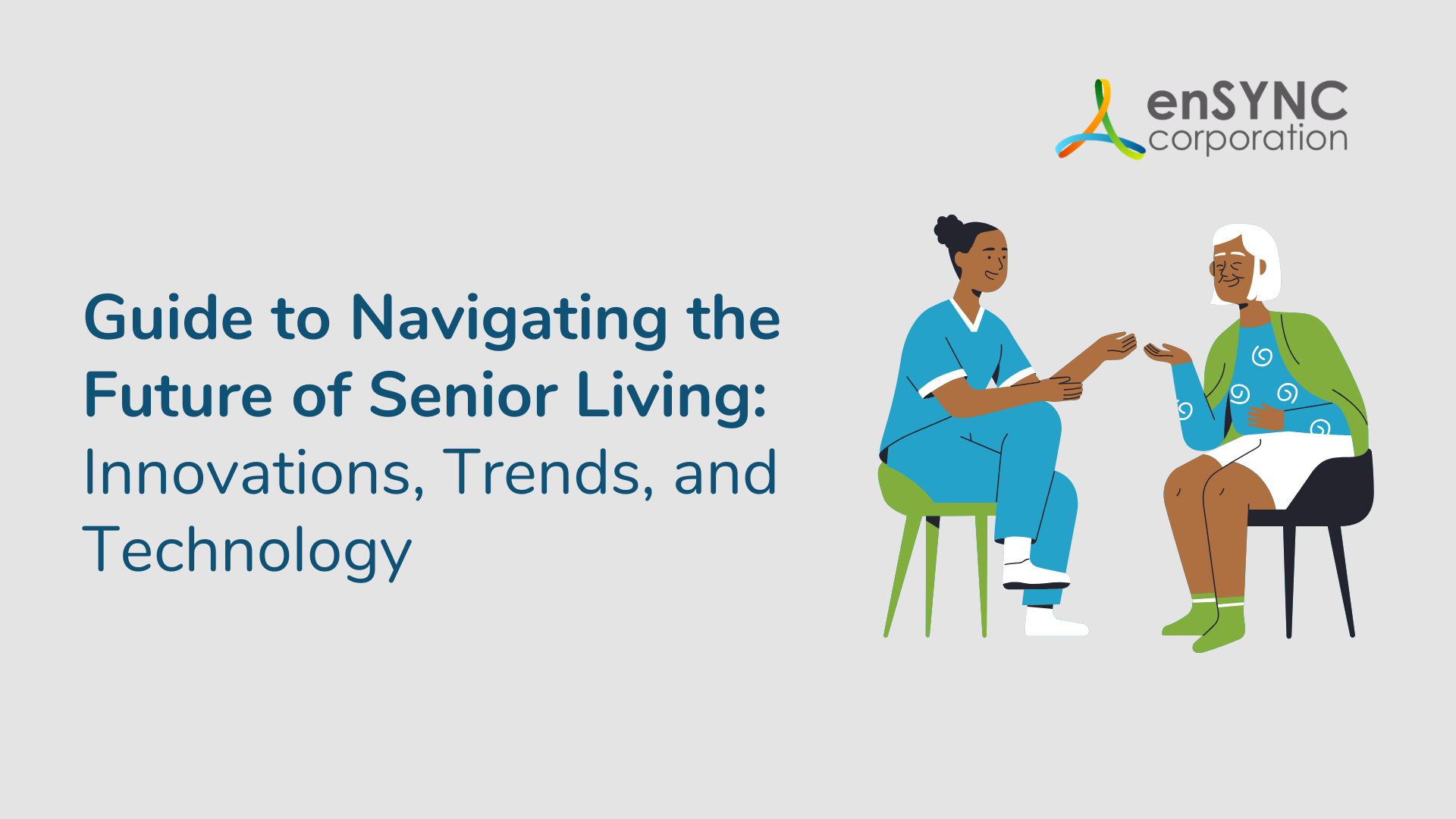Technology & digital transformation | Software solutions | General orgainzations
Mobile Responsive or Mobile App – What’s Right for You?
July 27, 2018
|
According to comScore, 50% of all digital media time in 2017 was spent on mobile apps while only 34% was spent on desktop and just 7% on mobile web. From the total time spent on mobile throughout the year, a whopping 87% was spent on apps and only 13% was spent on web. These stats alone should be enough to convince any organization to go mobile - and we don’t mean a mobile-responsive website.
When Facebook’s 2017 usage was broken down, 70% of time spent in the platform was accessed through its mobile app. Only 22% of time was accessed through desktop and just 8% through mobile web. This reflects the major shift in how we now communicate and consume content. We want the convenience of mobile apps over lagging and disconnected website experiences.
You need more than a mobile-responsive website
In recent years, organizations have been tricked into thinking a mobile-responsive website is enough to stay current and modern. They’ve been told apps aren’t as useful or aren’t worth the investment. That has only served to hold them back and allow them to fall behind technologically. And don’t think web apps are any better. You can call web apps pretend apps really. They look like apps without actually being apps. They’re just another avenue for mobile websites.
Native apps
It’s native apps that are true apps. Web apps still run on a browser while native apps run directly on the mobile device itself. Because of this, mobile web does not have access to resources found on the device like native apps do - push notifications being the most significant.
Push notifications
Push notifications are the fastest way to get information to your network. Without them, organizations are losing a great deal of productivity and efficiency. Websites can only deploy messages through email. About 40% of push notifications are read instantly where the average response time for an email is 6.5 hours. Push notifications have also gained an average click-through rate of 17-20% where email click-through rates have sunk to just 2-3%. Most millennials these days rarely even open their inboxes.
Security
Security is another factor that should be taken into consideration. Web apps and mobile-responsive websites are much more vulnerable to hacks than native apps. Code can easily be inspected and exposed through web. It's a lot harder to do the same through a private mobile application. That is why many large companies, especially those involving e-commerce, have been pushing for their consumers to utilize their app over their mobile website.
Keep your network loyalty and retention high
Use of mobile can truly make or break an organization today. If they decide to call it a day with just a mobile website, it won't get them very far. When the focus is placed on a native app, they're embracing vital changes in the market and ensuring they won't succumb to the disadvantages of outdated tools. Websites are not in the stage yet where they have become completely obsolete and are still important for gaining online attention. However, when it comes to keeping loyalty and retention high from your network, a website won’t do that for you. A well-operating and strategic native app will.
enSYNC is proud to partner with Clowder on mobile technologies. Learn more at clowderapp.com/ensync.
Recent Posts

Sage Intacct vs. Competitors: Finding the Best Accounting Solution for Your Nonprofit
Choosing the right accounting software is a critical step for any organization — and a deeply personal one, too. How to choose the accounting...

How Sage Intacct Transforms Nonprofit Financial Management: A Complete Guide
Staying on top of financial management is crucial for all businesses, especially nonprofits. Nonprofits often have limited resources and handle...
Enjoying our blog?
At enSYNC, we want to empower associations and nonprofits to make well-educated decisions. If you want our industry knowledge (and other free guides) sent directly to your inbox, fill out the form below.

